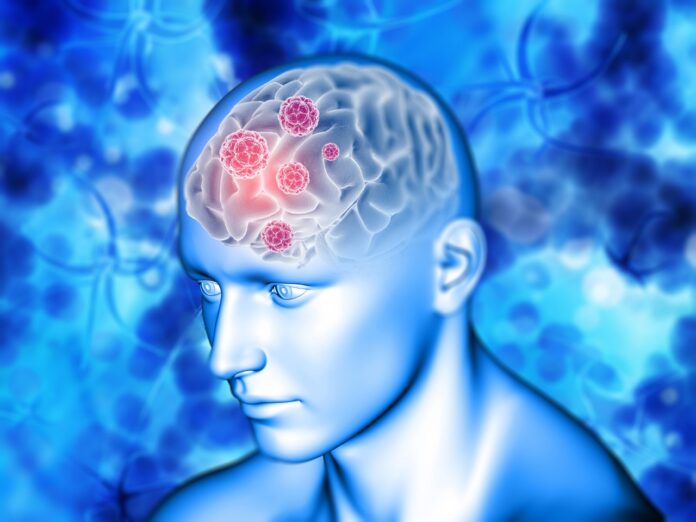Near-death experiences are deeply embedded in our culture, often including reports of white light, visits from departed loved ones and hearing voices. These shared elements raise the question of whether there is a natural phenomenon underlying them, suggesting that consciousness may not completely disappear after death.
A new study published in the Proceedings of the National Academy of Science provides early evidence of a surge of brain activity associated with consciousness in the dying brain. The study builds on earlier animal studies and found similar gamma activity in both animal and human brains following cardiac arrest.
Researchers have found evidence of a surge of activity in the brain of dying individuals associated with consciousness. Near-death experiences have been reported for centuries. They often include similar descriptions of white light, visits from departed loved ones and hearing voices. These shared experiences suggest that there may be something fundamentally real underlying them.
Previous research on animals provides early evidence of a surge of brain activity correlated with consciousness in the dying brain of humans.
“How vivid experience can emerge from a dysfunctional brain during the process of dying is a neuroscientific paradox. Dr. Borjigin has led an important study that helps shed light on the underlying neurophysiologic mechanisms.” said Mashour from the University of Michigan
A recent study conducted by a team of researchers identified four comatose patients who experienced cardiac arrest and were under EEG monitoring. Upon removal of ventilator support, two of the patients showed an increase in heart rate and a surge of gamma wave activity, considered the fastest brain activity associated with consciousness.
This activity was detected in the hot zone of neural correlates of consciousness in the back of the brain. The other two patients did not show the same heart rate or gamma activity increase. The study’s authors caution against making broad statements due to the small sample size and the inability to know what the patients experienced.
The observed neural signatures of consciousness in dying patients are exciting, but no correlations with the corresponding experience were made in this study. However, larger studies with EEG-monitored ICU patients who survive cardiac arrest could provide more data to determine whether these bursts in gamma activity are evidence of hidden consciousness even near death.
The study examines the brain function in dying patients before and after the withdrawal of ventilatory support. The results show that two out of four patients exhibited a surge of gamma power and connectivity in the posterior cortical “hot zone,” a region critical for conscious processing.
These findings suggest that the surge of gamma activity observed in animal models of cardiac arrest can also occur in dying humans. The study aims to identify neural correlates of the dying process. The findings provide a new framework for understanding covert consciousness in dying humans.
In this study, electroencephalogram (EEG) and electrocardiogram (ECG) signals were analyzed in four comatose dying patients before and after the withdrawal of ventilatory support.
The computational tools used in a previous study of dying animals were applied, focusing on the temporal dynamics of EEG power, local and long-range phase-amplitude coupling between low- and high-frequency oscillations, and functional and directed cortical connectivity across all frequency bands. All analyses were conducted with close attention to parallel changes in ECG signals.
In two of the four dying patients, a surge of gamma power, cross-frequency coupling of gamma waves with slower oscillations, and increased interhemispheric functional and directed connectivity in gamma bands were observed after the withdrawal of ventilatory support.
The surge of gamma activity was stimulated by global hypoxia and surged further as cardiac conditions deteriorated. These findings suggest that the rise of gamma power and connectivity observed in animal models of cardiac arrest can be observed in select patients while dying.
The study found evidence of a surge in gamma oscillations and functional connectivity in select dying patients, similar to findings in animal models of cardiac arrest. This suggests that the rise of gamma power and connectivity observed in animal models can also be observed in humans during the dying process. These findings provide a new framework for understanding covert consciousness in dying humans, but further research is needed to determine whether these bursts of gamma activity are evidence of hidden consciousness even near death.
Journal Reference:
- Xu, G., Mihaylova, T., Li,etal. The surge of neurophysiological coupling and connectivity of gamma oscillations in the dying human brain. Proceedings of the National Academy of Sciences. DOI: 10.1073/pnas.2216268120
